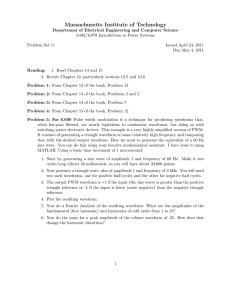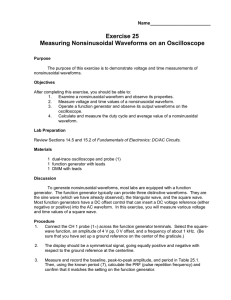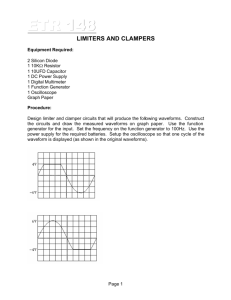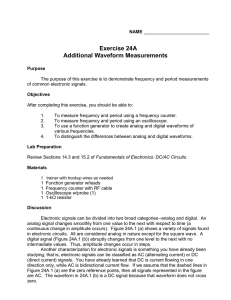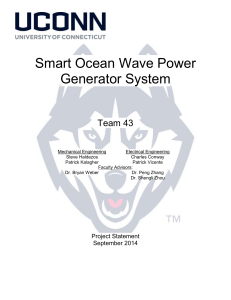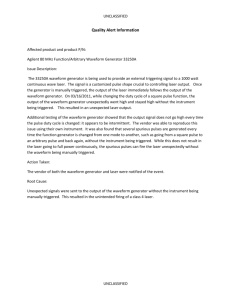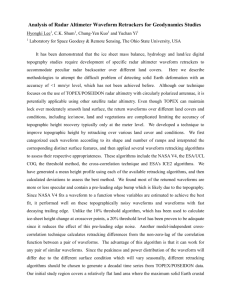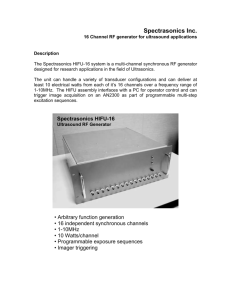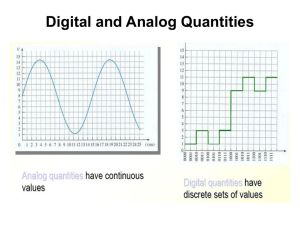Term Mini
advertisement
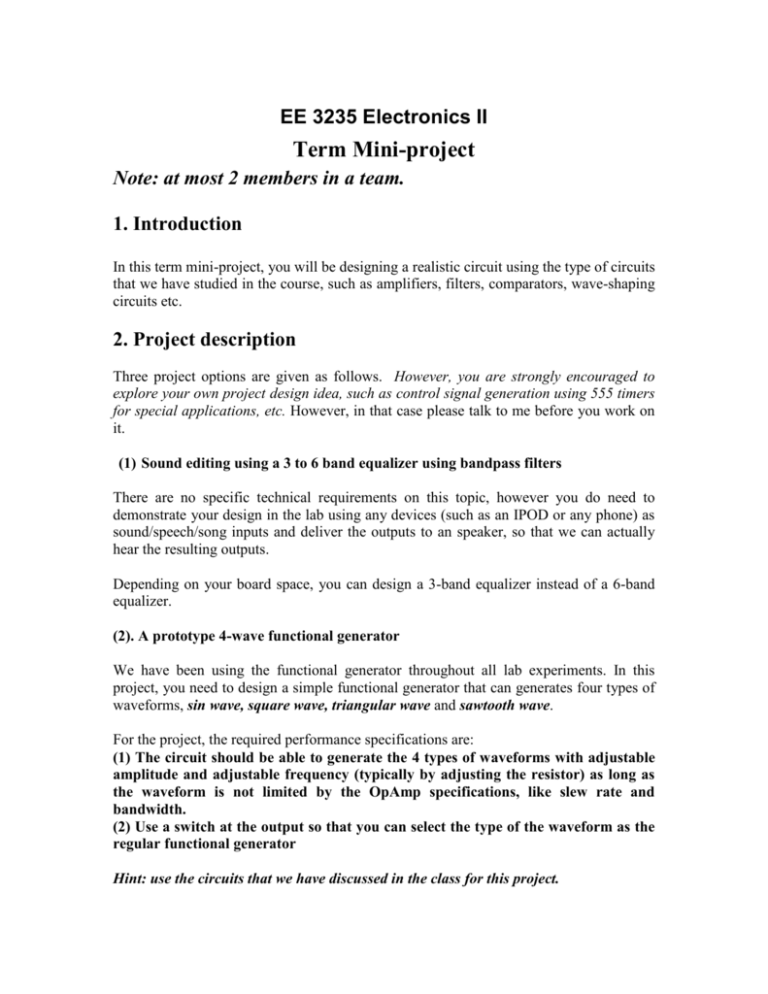
EE 3235 Electronics II Term Mini-project Note: at most 2 members in a team. 1. Introduction In this term mini-project, you will be designing a realistic circuit using the type of circuits that we have studied in the course, such as amplifiers, filters, comparators, wave-shaping circuits etc. 2. Project description Three project options are given as follows. However, you are strongly encouraged to explore your own project design idea, such as control signal generation using 555 timers for special applications, etc. However, in that case please talk to me before you work on it. (1) Sound editing using a 3 to 6 band equalizer using bandpass filters There are no specific technical requirements on this topic, however you do need to demonstrate your design in the lab using any devices (such as an IPOD or any phone) as sound/speech/song inputs and deliver the outputs to an speaker, so that we can actually hear the resulting outputs. Depending on your board space, you can design a 3-band equalizer instead of a 6-band equalizer. (2). A prototype 4-wave functional generator We have been using the functional generator throughout all lab experiments. In this project, you need to design a simple functional generator that can generates four types of waveforms, sin wave, square wave, triangular wave and sawtooth wave. For the project, the required performance specifications are: (1) The circuit should be able to generate the 4 types of waveforms with adjustable amplitude and adjustable frequency (typically by adjusting the resistor) as long as the waveform is not limited by the OpAmp specifications, like slew rate and bandwidth. (2) Use a switch at the output so that you can select the type of the waveform as the regular functional generator Hint: use the circuits that we have discussed in the class for this project. Note: for the sawtooth waveform, the falling edge does not have to be precisely vertical, e.g. decreasing from a finite positive voltage to a negative voltage immediately. But of course it should be decreasing much faster than increasing. (3). A precision AC-to-DC converter The precision AC-to-DC converter needs to convert an analog input, for instance a sin wave, to a stable DC output. It is very useful in control and automotive electronics. To help you understand the design approach, read the material in the book between page 855 and 864 and take it as a reference. For the project, the required performance specifications are: (1) Input signal: 70.7/-70.7mV peak-to-peak sinwave of 60Hz (2) Output voltage: 5V (steady state value) (3) Output voltage error: less than 0.2% (0.01V) (4) Rise time of output: less than 0.02s (5) Overshoot of output: less than 5% (0.25V) 3. Procedure It is suggested that you follow the following two steps to design your project. (1) design your circuits in Cadence environment and simulate it to make sure that you realize the performance specifications (see next section) (2) after it is verified in Cadence, wire-up your circuit in the board, record the measurements and waveforms, and finally compare with the results you obtained from Cadence simulation 4. Submission and Grading This projects count 15 points (15%) of your final grade. The deadline for this project is 4pm, Dec 10th to TA. You should show the wired circuit in the board, output waveform, measurements or the demonstration to TA Project will be graded based on whether your design demonstrates the desired functionality and meets the performance specifications. There will be point deductions for each functionality, specification or performance failure. Note that a final project report is NOT required.
